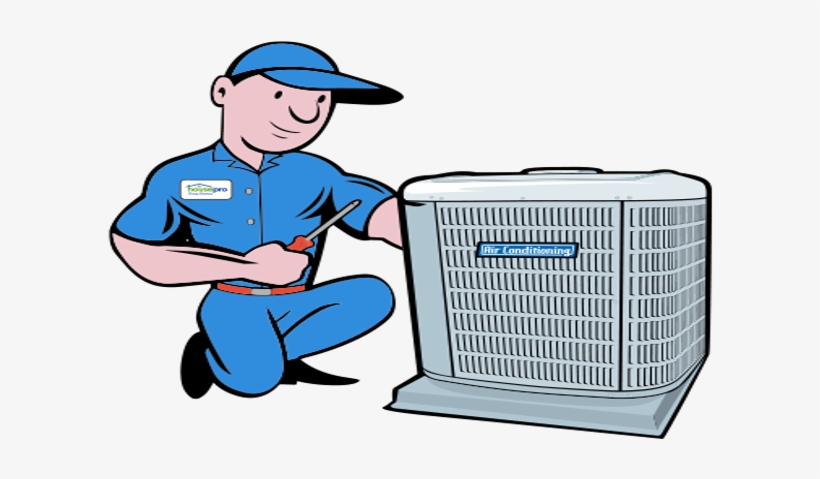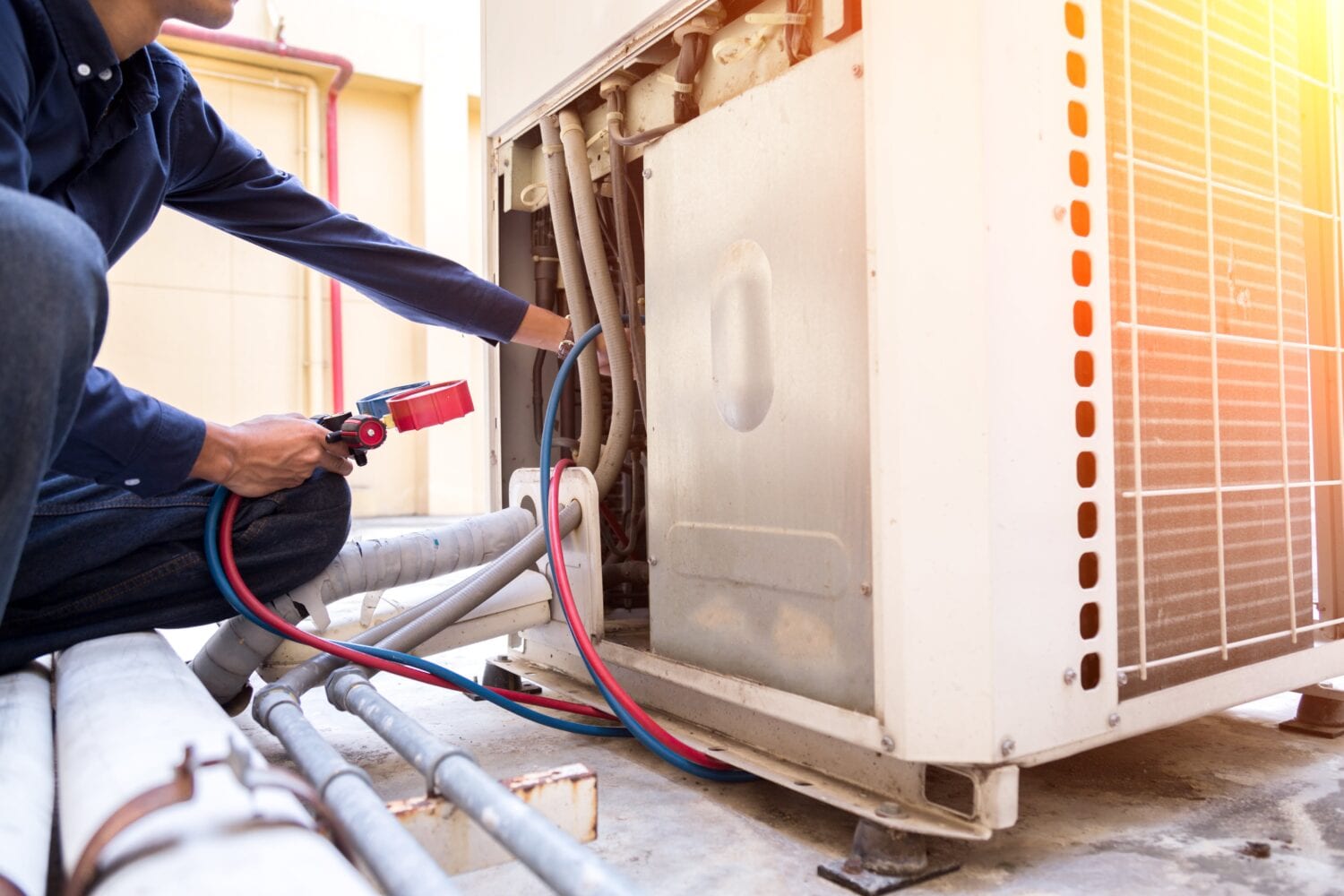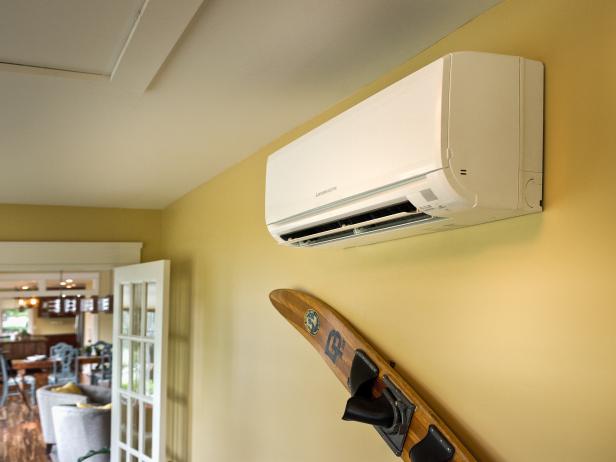If you've ever run into a circumstance where the air conditioning in your skyscraper seemed to be blowing warm air in spite of the thermostat being readied to cool, you might be accustomed to among the typical problems faced in such structures.
However, this concern is simply the idea of the iceberg when it comes to the intricacies of cooling fixings in high structures. Comprehending the intricate interaction in between various factors affecting cooling and heating systems in high-rises is necessary for reliable repairing and upkeep.
Trick Takeaways
- Weak air movement in high-rises suggests ductwork layout problems.
- Thermostat calibration is important for exact temperature control.
- Refrigerant leaks effect performance and require timely securing.
- Correct maintenance of condensate drain avoids obstructions in high structures.
Inadequate Air movement
If you discover weak air flow in your high-rise building, it could be a sign of underlying problems with the air conditioning system. Usual reasons for poor airflow typically originate from air movement limitations within the ductwork design. These constraints can take place as a result of numerous factors such as obstructions, inappropriate sizing of air ducts, or even bends and turns in the ductwork that impede the smooth flow of air.

Among the key variables adding to air flow limitations is the design of the ductwork. Inadequately created air duct systems can result in irregular circulation of air throughout the building, resulting in specific areas getting insufficient cooling or heating. Furthermore, poor insulation or dripping air ducts can even more exacerbate air flow problems, creating energy wastefulness and pain for occupants.
To deal with air flow issues effectively, it is necessary to have the ductwork examined by a specialist heating and cooling technician. They can determine any kind of limitations, leaks, or design flaws and advise ideal solutions to maximize air movement and improve the total performance of the air conditioning system in your skyscraper. https://lambethacinstallation.co.uk
Thermostat Malfunctions
When experiencing thermostat malfunctions in skyscrapers, expert intervention is important to assure the performance of the a/c system. Malfunctioning wiring can bring about inaccurate temperature readings, triggering inconsistent temperature levels throughout the structure. Sensing unit calibration is vital to ensure that the thermostat accurately mirrors the ambient temperature, protecting against unneeded air conditioning or heating. Furthermore, problems with sensor calibration can result in the system running longer than needed, influencing energy efficiency.
To attend to thermostat malfunctions properly, consider the following:
- Look for damaged circuitry that may be creating temperature inconsistencies.
- Regularly calibrate sensors to maintain precise temperature analyses.
- Maximize thermostat settings for improved power effectiveness.
- Ensure proper installment of the thermostat to avoid breakdowns.
- Consult with cooling and heating specialists to diagnose and fix complicated thermostat concerns immediately.
Refrigerant Leaks
Dealing with refrigerant leakages without delay is crucial for maintaining the performance of your a/c system in high-rise buildings. Refrigerant plays a vital duty in the cooling procedure by taking in and releasing warmth, but leaks can disrupt this cycle. When refrigerant leakages occur, the system's performance lowers, leading to higher power consumption and reduced cooling capability. Tracking cooling agent pressure is essential to spotting leaks at an early stage. A drop in pressure can suggest a leakage, triggering prompt repair services to prevent more damages.
Leak detection methods such as utilizing digital leakage detectors or ultraviolet color can aid pinpoint the resource of the leak. When determined, the leakage ought to be sealed without delay to avoid refrigerant loss and guarantee the very best system efficiency. Routine upkeep checks can also assist stop leakages by determining possible powerlessness in the system prior to they come to be major issues. By resolving refrigerant leakages immediately and implementing proper leak detection procedures, you can preserve the performance of your air conditioning system in high-rise buildings and prevent costly repair services down the line.
Irregular Air Conditioning Distribution
Keeping consistent air flow is essential for achieving also cooling distribution in high-rise buildings. When uneven air conditioning happens, particular locations might come to be uncomfortably warm while others stay cool, bring about renter dissatisfaction.
To resolve this concern effectively, take into consideration the following:
- Thermostat Placement: Verify thermostats lie away from heat resources or chilly drafts to accurately determine the temperature and regulate air conditioning.
- Balancing Dampers: Consistently check and readjust stabilizing dampers to regulate the quantity of air flow to every location, advertising balanced cooling throughout the structure.
- Proper Insulation: Examine insulation around ductwork to stop air leak, keeping the very best temperature control and efficient air blood circulation.
- Air Filter Maintenance: Clean or replace air filters consistently to avoid obstructions that can impede air movement and hinder even cooling circulation.
- Cooling And Heating System Zoning: Utilize zoning systems to divide the building right into different locations with private temperature level controls, making sure each space receives the ideal quantity of air conditioning.
Condensate Water Drainage Issues
On a regular basis examine and clear condensate water drainage systems to avoid prospective blockages and guarantee top working in skyscrapers. Blocked pipelines are a typical concern in air conditioning systems, particularly in high-rise buildings where the condensate drainage lines can run cross countries. To prevent obstructions, it's essential to set up routine upkeep checks.
Begin by visually checking the drain lines for any indicators of blocking or accumulation. Furthermore, flush the lines with a blend of water and bleach to stop algae and mold growth, which can result in obstructions.
Maintenance ideas for condensate drain systems consist of installing a drain pan treatment to prevent microbial development, on a regular basis changing air filters to maintain proper airflow, and making sure that the water drainage lines have sufficient incline for water to move openly.
If you see any type of indicators of a blocked condensate drainpipe, such as water leaks or minimized cooling performance, resolve the problem without delay to stay clear of more damages to the a/c system. By remaining aggressive with maintenance, you can protect against costly fixings and guarantee effective operation of the air conditioning system in skyscrapers.
Often Asked Concerns

Can Air Conditioning Fixes in Skyscraper Be Even More Expensive Than in Single-Family Homes or Low-Rise Structures?
Air conditioning fixings in high-rise buildings can without a doubt be much more expensive contrasted to single-family homes or low-rise structures. The intricacy of the systems and the difficulty in accessing units in tall frameworks can drive up the repair work expenses.
To mitigate these prices, take into consideration routine upkeep pointers like transforming filters frequently and organizing expert evaluations. Preventative treatment can help recognize issues early and stay clear of costly fixings down the line.
Just How Can Locals in Skyscraper Guarantee Correct Upkeep of Their Cooling Systems to Prevent Typical Issues?
To ensure your a/c system in a skyscraper runs smoothly, follow these maintenance pointers.
Keep filters tidy to enhance power effectiveness and air high quality. Look for leaks regularly and schedule professional examinations annually. Make use of a dehumidifier to control humidity levels.
Are There Any Kind Of Certain Difficulties or Troubles Related To Repairing A/c Systems in High-Rise Buildings Compared to Various Other Kinds Of Structures?
When fixing a/c systems in skyscrapers, there specify challenges to think about. Safety guidelines must be strictly followed to assure the wellness of locals and employees.
Access challenges may occur because of the elevation of the structure, making it more challenging to get to specific areas for maintenance.
Noise concerns are also prevalent as the noise from the system can take a trip easily between floorings.
Keeping energy effectiveness is critical in these tall structures to maintain expenses down.
What Are Some Potential Long-Term Outcome of Neglecting A/c Fixes in a High-Rise Building?
If you forget a/c repairs in a high-rise building, prospective dangers can include lowered power performance, resulting in higher utility prices.
Furthermore, poor maintenance can affect indoor air top quality, triggering pain and wellness concerns for residents.
It's important to resolve these concerns without delay to ensure the proper functioning of the system and preserve a comfy atmosphere for everyone in the building.

Exist Any Type Of Particular Regulations or Structure Codes That Govern A/c Services in High-Rise Buildings That Residents Should Know?
When it pertains to a/c fixings in high-rise buildings, residents should recognize specific guidelines and building ordinance. These guidelines regulate the upkeep of a/c systems, assuring security and efficiency.
Final thought
Overall, maintaining proper a/c in high-rise buildings can be a challenge due to typical problems like inadequate air flow, thermostat malfunctions, refrigerant leakages, irregular cooling distribution, and condensate drain concerns.
Normal maintenance and prompt repair services are critical to assure the comfort and security of residents. By dealing with these problems in a timely way, structure proprietors can stop costly repairs and secure a pleasurable interior environment for all residents.
